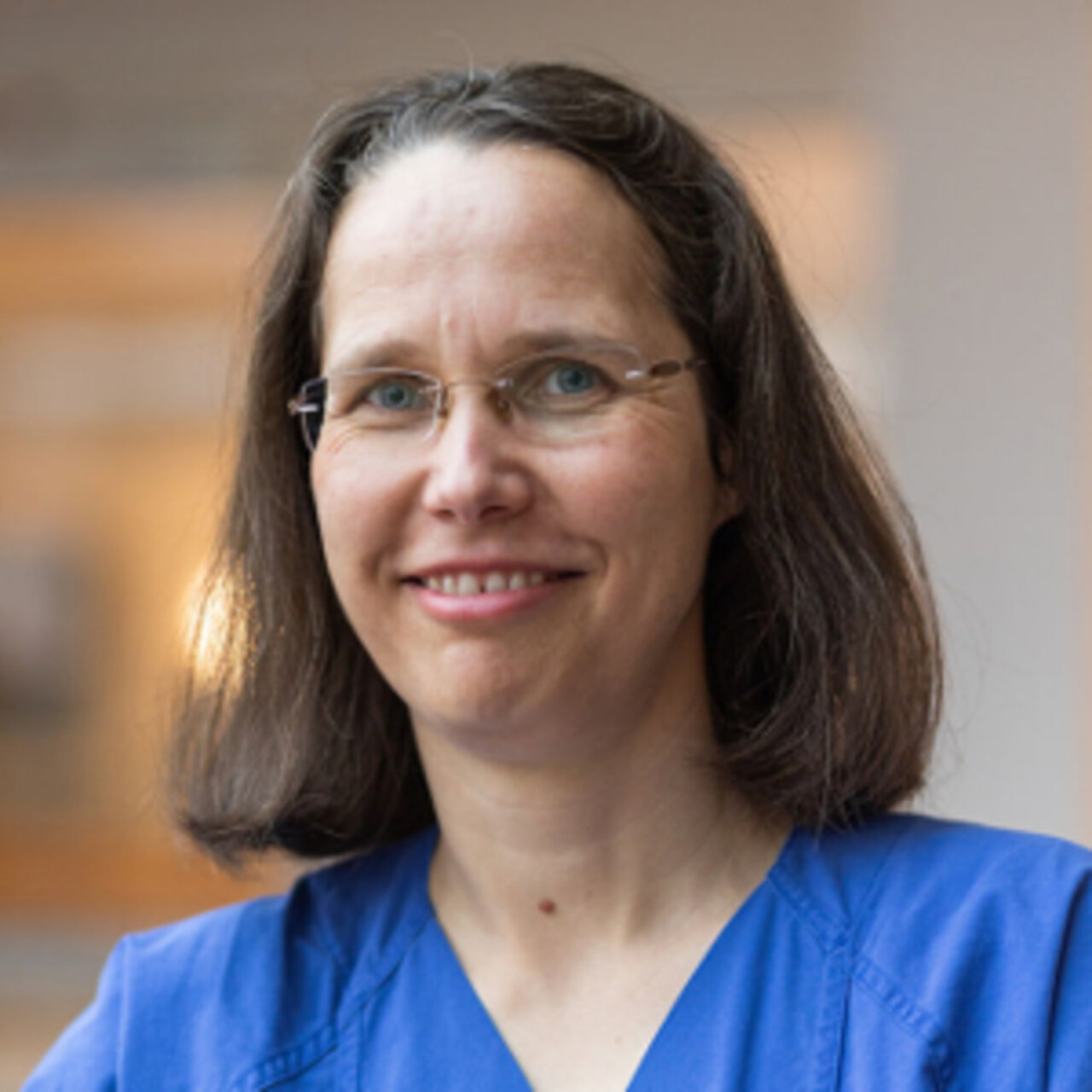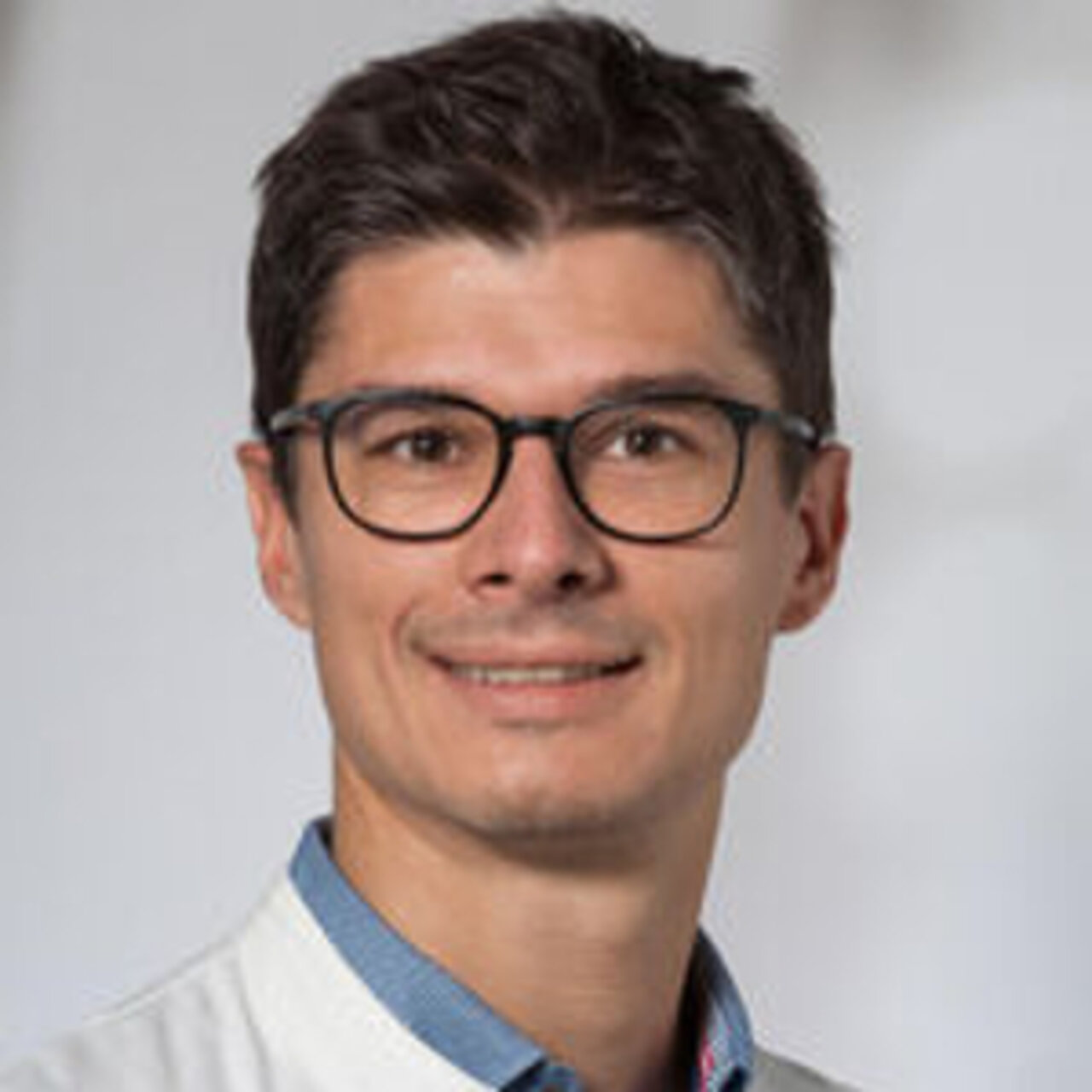Specialists in Rhythmology
3 Specialists found
Information About the Field of Rhythmology
Definition: What Is Rhythmology?
Rhythmology describes the science of electrical excitation in the heart and belongs to cardiology. In practice, knowledge of excitation propagation becomes important when heart arrhythmias occur, and they need to be diagnosed, classified, and treated. The standard tools in rhythmology for diagnosis are the electrocardiogram (ECG) and cardiac catheterization. Therapy with pacemakers and implantable defibrillators is one of the therapeutic options for cardiac arrhythmias, along with electrical sclerotization (catheter ablation). Pacemakers are used for too slow heartbeat and defibrillator systems to treat too fast arrhythmias of the heart chambers.
Which Diseases Are Treated by Rhythmologists?
The spectrum of diseases treated by rhythmologists includes all cardiac arrhythmias. The complaints of patients with arrhythmias are varied. They range from no symptoms to extrasystole to dizziness or even fainting attacks. There is a risk of dying of sudden cardiac death during such an attack in some conditions. The following is a list of some cardiac arrhythmias:
- Extraystoles
- Palpitations
- Atrial fibrillation
- Atrial flutter
- Sick sinus syndrome
- Supraventricular extrasystoles
- Paroxysmal supraventricular tachycardia
- Sinus tachycardia
- AV Reentry Tachycardia
- Ventricular tachycardia
- Ventricular extrasystoles
- Torsade-de-pointes tachycardia
Rhythmological Diagnostics
The most important diagnostic tools in rhythmology are the ECG and the electrophysiological examination (EPU). The ECG describes electrical conductions using electrodes taped to the chest wall and extremities. The ECG can be recorded at rest or under stress, either by cycling on an ergometer or medication. There is also the option of a long-term ECG in which a small device is worn for 24 hours and records the leads during that time.
The electrophysiological examination (EPU) is a unique form of cardiac catheterization. Using X-ray fluoroscopy, two to three electrophysiology catheters are positioned in the heart via the inguinal vein. Electrodes are attached to the end of these catheters so that an ECG can be derived directly in the heart. In addition, a stimulator can be used to increase the heart rate or deliver extra beats, which can induce palpitations that sometimes occur during the examination. These examinations are not very stressful and are usually painless.
What Are the Therapeutic Procedures in Rhythmology?
In rhythmology, conservative and surgical methods can be used. First and foremost, therapy with drugs, so-called antiarrhythmics, is attempted. If this is not successful enough, pacemakers or cardioverter defibrillators can be placed. These help the heart keep time or step in if an irregularity is detected.
If the reason for cardiac arrhythmia is an additional impulse generator in the heart, this can be switched off by catheter ablation, i.e., sclerotization. The probability of success for this is between 60% and close to 100%, depending on the type of arrhythmia and the clinical situation.
Which Doctors and Clinics Are Specialized in Rhythmology?
Doctors specializing in cardiology with advanced training in rhythmology are specialists in this field. In addition, electrophysiological examinations are offered in cardiology departments in clinics. In large clinics, separate sub-departments for rhythmology are also established.
Sources:
- Bakker et al.: The Lewis Lead: Making Recognition of P Waves Easy During Wide QRS Complex Tachycardia. In: Circulation. Band 119, Nummer 24, 2009, doi: 10.1161/circulationaha.109.852053, S. e592–e593.
- Corrado et al.: Recommendations for interpretation of 12-lead electrocardiogram in the athlete. In: European Heart Journal. Band 31, Nummer 2, 2009, doi: 10.1093/eurheartj/ehp473, S. 243–259.
- Burchardi et al.: Die Intensivmedizin. 11. Auflage. Auflage. Springer 2011, ISBN 978-3-642-16929-8.
- Dietz, Schubert: Der EKG-Knacker. 2. Auflage. De Gruyter 2008, ISBN 978-3-110-19059-5.
- Horacek: Der EKG-Trainer. 3. Auflage. Thieme 2013, ISBN 978-3-131-52973-2.
- Delewi et al.: Pathological Q Waves in Myocardial Infarction in Patients Treated by Primary PCI. In: JACC: Cardiovascular Imaging. Band 6, Nummer 3, 2013, doi: 10.1016/j.jcmg.2012.08.018, S. 324–331.
- Meek: ABC of clinical electrocardiography: Introduction. I – Leads, rate, rhythm, and cardiac axis. In: BMJ. Band 324, Nummer 7334, 2002, doi: 10.1136/bmj.324.7334.415, S. 415–418.
- Kindermann: Electrocardiogram in Athletes. In: Deutsches Ärzteblatt Online. 2011, doi: 10.3238/arztebl.2011.0010a.
- Herold et al.: Innere Medizin. Eigenverlag 2012, ISBN 978-3-981-46602-7.
- Karow, Lang-Roth: Allgemeine und Spezielle Pharmakologie und Toxikologie 2010.
- Wenzel-Seifert et al.: Psychopharmakaassoziierte QTc-Intervall-Verlängerung und Torsade de Pointes. In: Deutsches Ärzteblatt. Band 108, Nummer 41, 2011, doi: 10.3238/arztebl.2011.0687, S. 687–693.
- Delacrétaz: Medikamente und verlängertes QT-Intervall. In: Schweizerische Medizin-Forum. Nummer 7, 2007, S. 814–819.
- Haverkamp et al.: Medikamentenbedingte QT-Verlängerung und Torsade de pointes - Ein multidisziplinäres Problem. In: Deutsches Ärzteblatt. Band 99, Nummer 28-29, 2002, S. A1972 ff..
- Flasnoecker (Hrsg.): TIM, Thieme's Innere Medizin. Thieme 1999, ISBN 978-3-131-12361-9.
- Heinrich, Schäffer: Kinderchirurgie. Zuckschwerdt 2008, ISBN 978-3-886-03942-5.
- Müller: Chirurgie (2014/15). 11. Auflage. Medizinische Verlags- und Informationsdienste 2011, ISBN 3-929-85110-5.
- Curtis et al.: Prescription of QT-prolonging drugs in a cohort of about 5 million outpatients. In: The American Journal of Medicine. Nummer 114 (2), 2003, doi: 10.1016/S0002-9343(02)01455-9, S. 135–14


